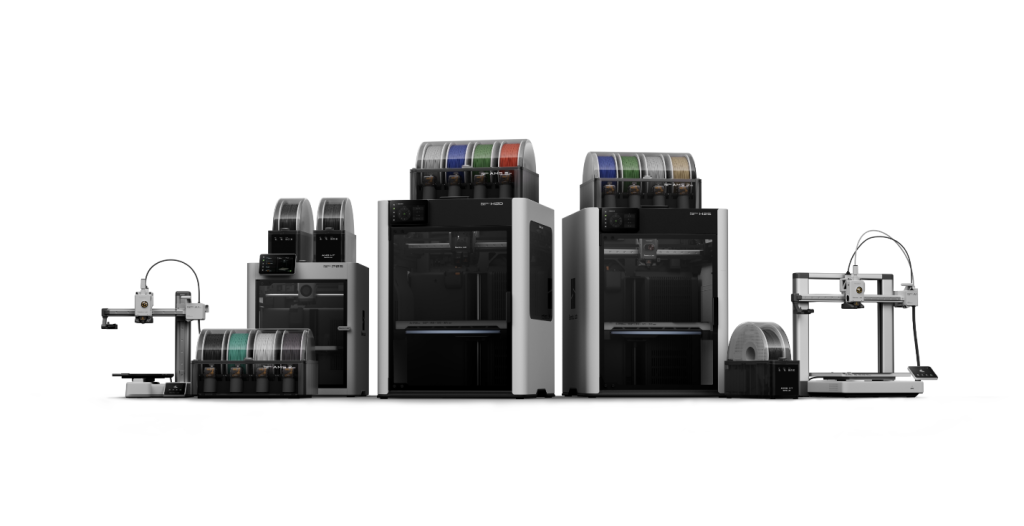Saving money sounds easy on paper. But when life gets busy, it often slips to the bottom of our list. We tell ourselves we’ll start next month, or when things calm down, or after that next big purchase. Then weeks turn into months, and our savings still look the same.
Yet having some money set aside brings real peace of mind. It helps us handle surprises, like car repairs or medical bills, without as much stress.
It also helps us reach things we really want—whether that’s a trip, a new laptop, or a cushion for emergencies.
The good news is that saving doesn’t have to mean giving up everything you enjoy. It’s more about small choices, clear goals, and a plan you can stick with.
Let’s look at practical, everyday ways to build a savings habit that lasts.
Know Where Your Money Goes
The first step is seeing what you really spend each month. Many people guess, but writing it down makes a big difference. Track everything: rent, groceries, coffee runs, and small things that add up.
When you see the numbers clearly, it becomes easier to spot areas to cut back. Maybe it’s fewer takeout meals or canceling a subscription you don’t use. The goal isn’t to cut out all fun, but to find a balance that feels right.
Some people use apps to track spending automatically. Others prefer a notebook or spreadsheet. What matters most is being honest and consistent. After a few weeks, you’ll have a clearer picture of where your money goes and can make better choices.
Set Goals That Mean Something

Saving becomes easier when you know what you’re saving for. It might be a holiday, a down payment, or simply building an emergency fund. Choose goals that matter to you personally, rather than what others say you “should” save for.
Then, break big goals into smaller steps. If the total feels out of reach, decide on a monthly target instead. Celebrate small wins, like saving your first $100 or keeping up the habit for three months.
Remember, your goals can change over time. Life isn’t static. The important thing is to keep saving something, even if the amount changes now and then.
Use Tools to Help You Plan
Many people wonder how much to save or how long it will take to reach a goal. This is where a savings plan calculator can help. You enter your target amount, how much you can set aside each month, and it shows how long it will take to get there. Or you can see how much you need to save each month to reach your goal by a certain date.
This takes away guesswork and helps you see your progress. It can also motivate you to keep going, since the numbers show your efforts adding up. And if you get a bonus or reduce your expenses, you can adjust the numbers and see the difference.
Using a calculator doesn’t lock you into one plan forever. It just helps you make decisions based on real numbers instead of guesses.
Make Saving Automatic
A simple and effective way to build your savings is to set up automatic transfers. Many banks let you move money from your checking to your savings account on a schedule—weekly, monthly, or after payday.
Even starting small, like $20 or $50 a month, makes a difference over time. The key is doing it consistently. As your income grows or expenses drop, you can increase the amount.
Automatic transfers help because you don’t have to remember or decide each time. And when the money isn’t sitting in your checking account, you’re less likely to spend it.
Review and Adjust as You Go

Your savings plan isn’t something you set once and never look at again. Life changes. Maybe you get a new job, move to a different city, or have unexpected expenses. Check in every few months to see if your plan still fits.
If you find you’re ahead of schedule, that’s great—you could aim for a bigger goal. If you’re falling behind, look at your budget and see what can change. Often, small adjustments are enough to get back on track.
Final Thoughts
Saving money doesn’t have to feel overwhelming. Start by tracking where your money goes, set goals that matter to you, and use tools like a savings plan calculator to help guide your choices. Make saving automatic, and check in on your progress now and then.
In the end, it’s the habit of saving—more than the amount—that makes the biggest difference. Over time, small steps add up, and you’ll feel more secure and confident about your future. And that peace of mind is worth every bit of effort.











